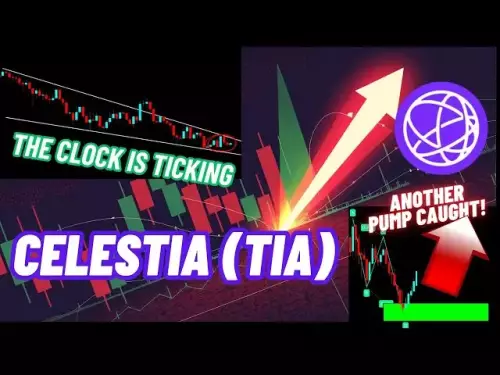-
 Bitcoin
Bitcoin $108100
-0.53% -
 Ethereum
Ethereum $4406
-0.85% -
 Tether USDt
Tether USDt $0.0000
0.00% -
 XRP
XRP $2.736
-3.29% -
 BNB
BNB $854.1
-0.62% -
 Solana
Solana $199.2
-2.23% -
 USDC
USDC $0.9998
-0.01% -
 TRON
TRON $0.3379
-1.08% -
 Dogecoin
Dogecoin $0.2113
-2.94% -
 Cardano
Cardano $0.8044
-2.83% -
 Chainlink
Chainlink $22.94
-3.31% -
 Hyperliquid
Hyperliquid $44.27
-1.09% -
 Ethena USDe
Ethena USDe $1.001
0.03% -
 Sui
Sui $3.192
-3.56% -
 Stellar
Stellar $0.3491
-3.11% -
 Bitcoin Cash
Bitcoin Cash $534.3
-2.79% -
 Avalanche
Avalanche $23.11
-3.16% -
 Cronos
Cronos $0.2785
-5.59% -
 Hedera
Hedera $0.2141
-4.96% -
 UNUS SED LEO
UNUS SED LEO $9.590
0.14% -
 Litecoin
Litecoin $108.6
-2.13% -
 Toncoin
Toncoin $3.130
-0.08% -
 Shiba Inu
Shiba Inu $0.00001204
-2.84% -
 Polkadot
Polkadot $3.711
-2.52% -
 Uniswap
Uniswap $9.469
-3.39% -
 Dai
Dai $0.9999
0.00% -
 Bitget Token
Bitget Token $4.511
-1.41% -
 Monero
Monero $263.9
0.15% -
 Aave
Aave $310.7
-3.13% -
 Ethena
Ethena $0.6331
-6.76%
How to Hedge Your Portfolio Using Bitfinex Derivatives
Bitfinex offers futures, options, and cross-margin tools to hedge crypto portfolios, using strategies like short futures, put options, delta-based sizing, and funding rate monitoring to manage risk effectively.
Sep 01, 2025 at 07:55 am

Hedging Strategies with Bitfinex Derivatives
1. Utilizing futures contracts on Bitfinex allows traders to lock in prices for cryptocurrencies, reducing exposure to sudden market swings. By taking a short position in futures that mirror the assets held in a portfolio, investors can offset potential losses if prices decline. These contracts are settled in USD or stablecoins, offering a reliable mechanism to manage risk.
2. Bitfinex offers both quarterly and perpetual futures with varying leverage options. Traders can select contracts based on their risk tolerance and time horizon. Perpetual swaps are particularly effective for short-term hedging due to their continuous nature and funding rate mechanism, which aligns their price with the underlying spot market.
3. A common technique involves calculating the portfolio’s beta relative to Bitcoin. If altcoins in the portfolio tend to move 2x the movement of BTC, the hedge should reflect that multiplier in the futures position. This ensures the hedge is proportionate and responsive to market dynamics.
4. Traders can also use inverse futures, denominated in cryptocurrency rather than fiat, to hedge holdings without converting to stable assets. This maintains exposure to the crypto ecosystem while neutralizing directional price risk.
5. Regular monitoring of open positions is essential. Volatility spikes or funding rate shifts can impact the effectiveness of a hedge. Adjusting position size or rolling contracts before expiration helps maintain alignment with portfolio value.
Leveraging Options for Downside Protection
1. Bitfinex provides options contracts that allow traders to buy put options as insurance against price drops. Purchasing a put gives the right to sell BTC or other assets at a predetermined strike price, capping potential losses during bearish trends.
2. The cost of options, known as the premium, varies based on volatility, time to expiration, and moneyness. Out-of-the-money puts are cheaper but offer protection only if prices fall significantly. In-the-money puts are more expensive but provide immediate coverage.
3. A collar strategy can be implemented by buying a put option while simultaneously selling a call option on the same underlying asset. This reduces the net premium cost and defines both the downside risk and upside potential, suitable for conservative hedging.
4. Options with longer expiration dates provide extended protection but come at a higher cost. Short-dated options require more frequent management but allow for dynamic adjustments in volatile markets.
5. Using delta values helps quantify how much an option’s price changes relative to the underlying asset. A delta of -0.5 means the option gains $0.50 for every $1 drop in the asset, enabling precise hedge ratio calculations.
Managing Risk with Cross-Margin and Position Sizing
1. Bitfinex supports cross-margin accounts, where all balances contribute to margin requirements across positions. This increases capital efficiency but requires careful monitoring to avoid liquidation during sharp moves.
2. Position sizing must reflect the total portfolio value and volatility profile. Over-hedging can lead to unnecessary costs, while under-hedging leaves residual risk. Tools like Value at Risk (VaR) models help determine optimal hedge ratios.
3. Setting stop-loss orders on futures positions adds an extra layer of control. While not a substitute for proper hedging, it prevents excessive losses if the hedge behaves unexpectedly due to leverage or funding rate changes.
4. Diversifying hedge instruments across futures, options, and spot offsets improves resilience. Relying solely on one derivative type may expose the strategy to instrument-specific risks like liquidity gaps or pricing anomalies.
5. Regular stress testing of the portfolio under historical crash scenarios ensures the hedge performs as intended. Simulating events like the March 2020 crash or the FTX collapse reveals weaknesses in hedge design.
Frequently Asked Questions
What is the difference between a futures hedge and an options hedge on Bitfinex?A futures hedge involves taking a direct opposite position in a futures contract, creating a linear payoff that mirrors price movements. An options hedge uses put or call contracts, offering asymmetric protection where the maximum loss is limited to the premium paid.
Can I hedge altcoin positions using Bitcoin derivatives?Yes, if the altcoins are highly correlated with Bitcoin. Traders often use BTC futures or options to hedge altcoin portfolios by adjusting the position size according to the statistical beta between the assets.
How do funding rates affect hedging with perpetual swaps?Funding rates are periodic payments between long and short traders. When hedging with short perpetual positions, traders receive funding in bullish markets but may pay it in bearish ones. This impacts the net cost of the hedge over time.
Is it possible to over-hedge on Bitfinex?Yes, over-hedging occurs when the derivative position exceeds the value or volatility of the underlying portfolio. This can lead to losses if the market rises, as gains in the spot portfolio are offset by larger losses in the derivative position.
Disclaimer:info@kdj.com
The information provided is not trading advice. kdj.com does not assume any responsibility for any investments made based on the information provided in this article. Cryptocurrencies are highly volatile and it is highly recommended that you invest with caution after thorough research!
If you believe that the content used on this website infringes your copyright, please contact us immediately (info@kdj.com) and we will delete it promptly.
- Memecoins September 2025 Watchlist: What's Hot Now?
- 2025-08-31 23:25:15
- Eric Trump Predicts Bitcoin to $1 Million: Hype or Reality?
- 2025-08-31 23:25:15
- BlockDAG: Redefining Scalability and ROI Potential in 2025
- 2025-08-31 23:05:16
- Ozak AI, Altcoins, and 20x Potential: Navigating the Crypto Landscape
- 2025-09-01 00:05:12
- Bonk Price, Solana Meme Coin, and the Rise of Layer Brett: A New Era?
- 2025-08-31 21:25:12
- ETH Transactions Soar, BTC Whale Shifts Gears: Decoding August's Crypto Charts
- 2025-08-31 21:05:16
Related knowledge
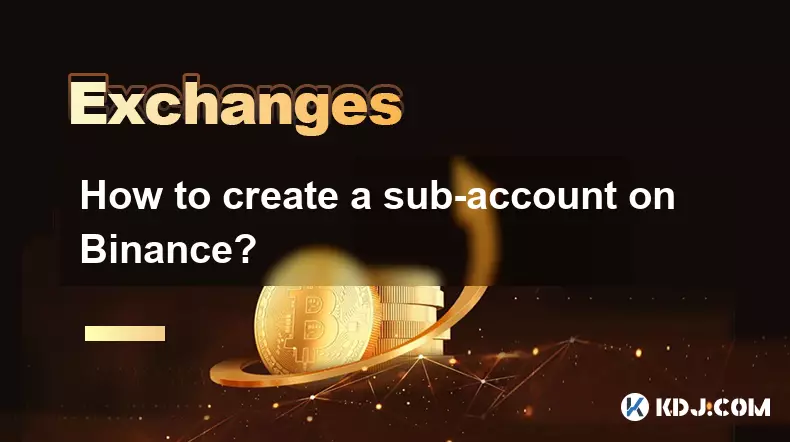
How to create a sub-account on Binance?
Sep 01,2025 at 12:36am
Accessing the Binance Sub-Account Feature1. Log in to your Binance account using your registered email and password. Ensure that two-factor authentica...
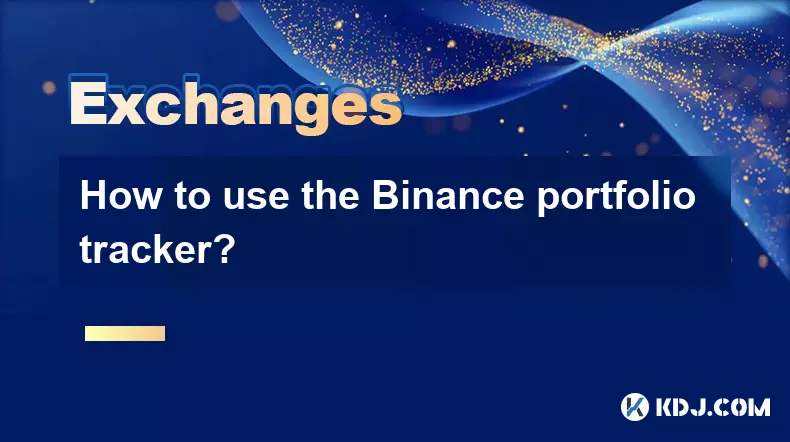
How to use the Binance portfolio tracker?
Sep 01,2025 at 01:00pm
Understanding the Binance Portfolio Tracker1. The Binance portfolio tracker is a powerful tool designed to help users monitor their cryptocurrency inv...
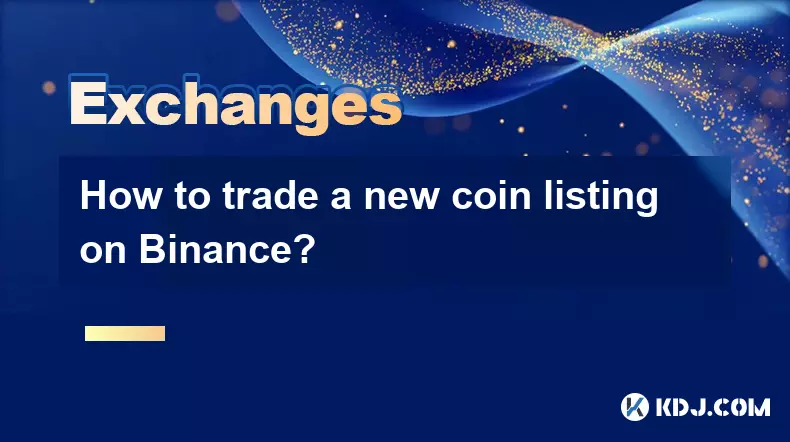
How to trade a new coin listing on Binance?
Aug 29,2025 at 11:14am
Understanding the Pre-Listing Phase1. Research the project thoroughly before any listing announcement. Whitepapers, team backgrounds, and community se...
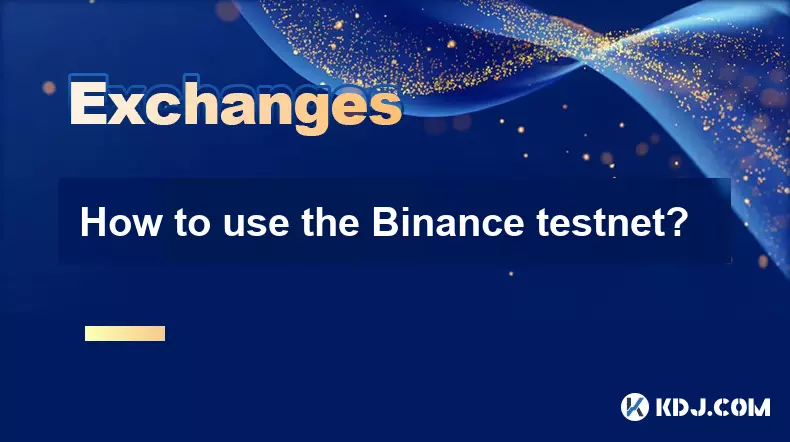
How to use the Binance testnet?
Aug 31,2025 at 02:19am
Understanding the Binance Testnet Environment1. The Binance testnet is a simulated version of the Binance Smart Chain (BSC) that allows developers and...
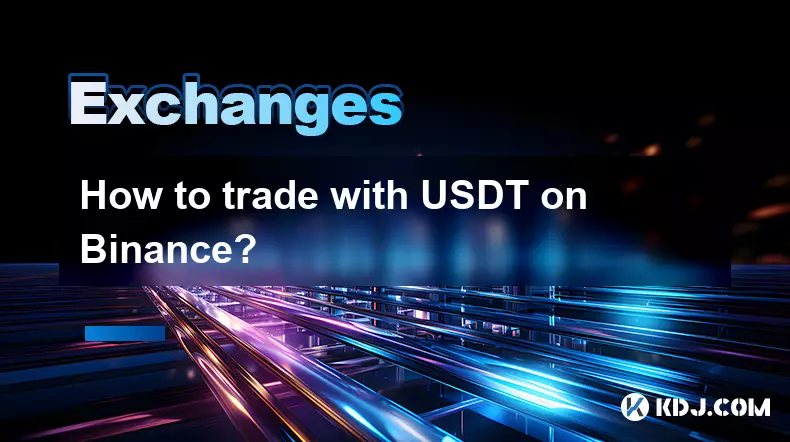
How to trade with USDT on Binance?
Aug 30,2025 at 02:19am
Getting Started with USDT Trading on Binance1. Create and verify your Binance account. Visit the official Binance website and complete the registratio...
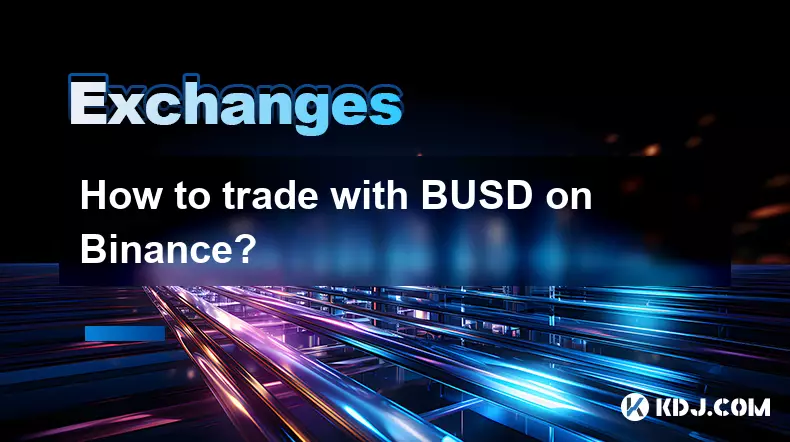
How to trade with BUSD on Binance?
Aug 30,2025 at 07:42am
Understanding BUSD and Its Role in Binance Trading1. BUSD, or Binance USD, is a stablecoin pegged to the value of the U.S. dollar, meaning 1 BUSD is a...

How to create a sub-account on Binance?
Sep 01,2025 at 12:36am
Accessing the Binance Sub-Account Feature1. Log in to your Binance account using your registered email and password. Ensure that two-factor authentica...

How to use the Binance portfolio tracker?
Sep 01,2025 at 01:00pm
Understanding the Binance Portfolio Tracker1. The Binance portfolio tracker is a powerful tool designed to help users monitor their cryptocurrency inv...

How to trade a new coin listing on Binance?
Aug 29,2025 at 11:14am
Understanding the Pre-Listing Phase1. Research the project thoroughly before any listing announcement. Whitepapers, team backgrounds, and community se...

How to use the Binance testnet?
Aug 31,2025 at 02:19am
Understanding the Binance Testnet Environment1. The Binance testnet is a simulated version of the Binance Smart Chain (BSC) that allows developers and...

How to trade with USDT on Binance?
Aug 30,2025 at 02:19am
Getting Started with USDT Trading on Binance1. Create and verify your Binance account. Visit the official Binance website and complete the registratio...

How to trade with BUSD on Binance?
Aug 30,2025 at 07:42am
Understanding BUSD and Its Role in Binance Trading1. BUSD, or Binance USD, is a stablecoin pegged to the value of the U.S. dollar, meaning 1 BUSD is a...
See all articles

























